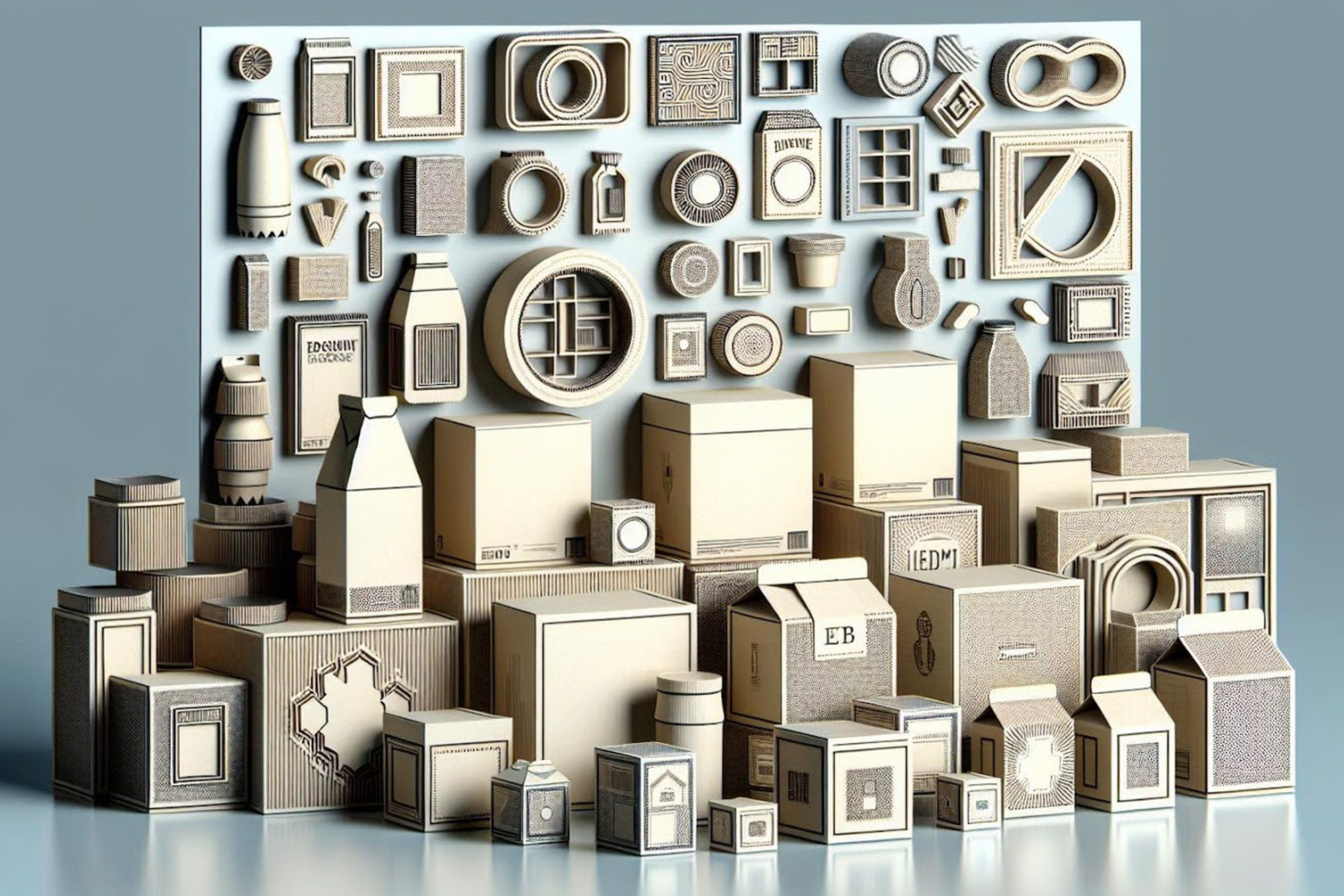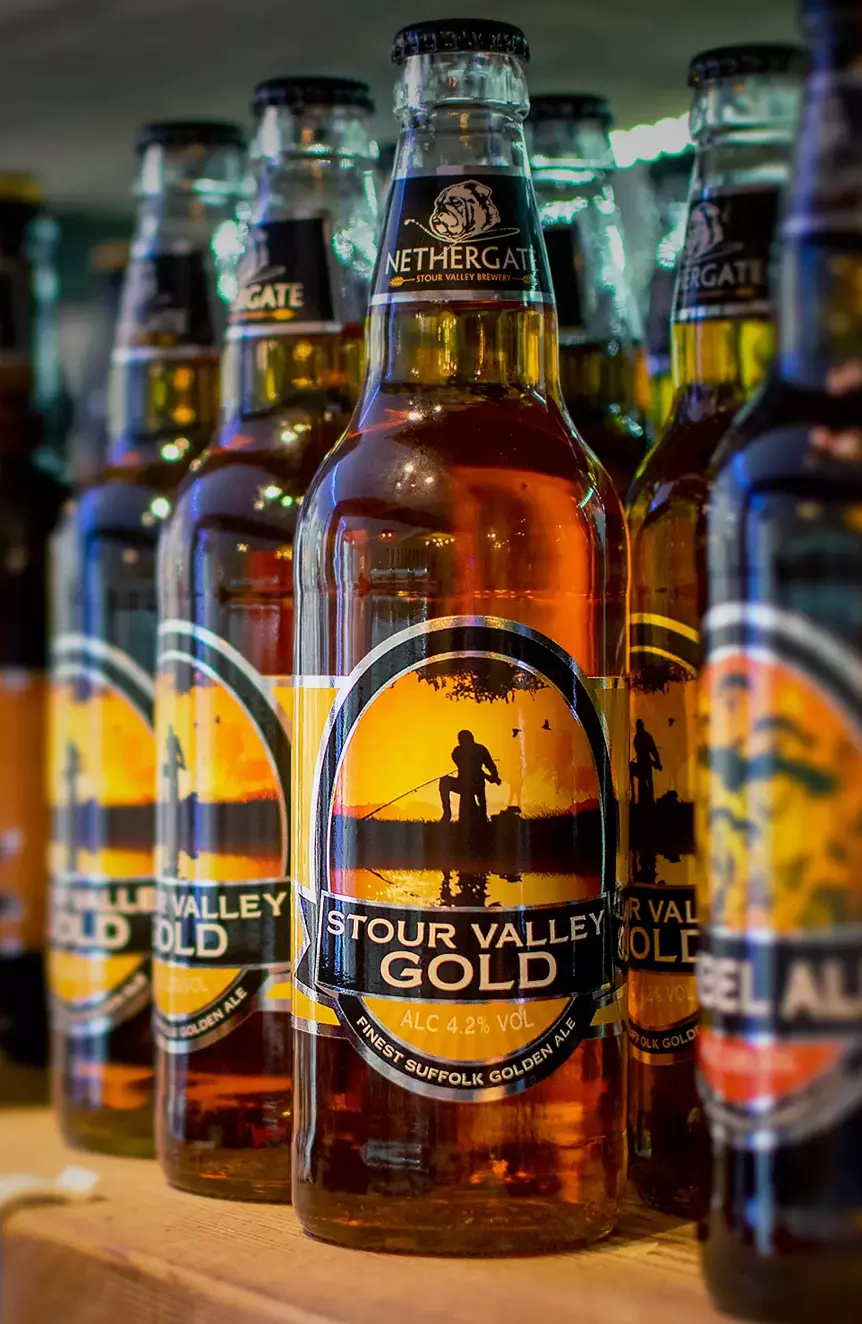The eCommerce market revenue is expected to reach a staggering $7tn by 2029 – so standing out in this ever-growing digital crowd is paramount. That’s where brand packaging steps in, offering a unique opportunity to differentiate your product and enhance your customer’s experience.
So, let’s delve into the world of brand packaging, exploring its benefits and the role it plays in shaping a brand’s identity and customer perception. We’ll also share some standout examples of brand packaging done right.
Ready to unwrap the potential of your brand’s packaging? Let’s dive in.
Understanding Brand Packaging
Building on our earlier discussion on the crucial role of brand packaging, let’s delve deeper into its dynamics. We’ll assess how it goes beyond the realm of ordinary packaging and seamlessly becomes an embodiment of the brand’s identity.
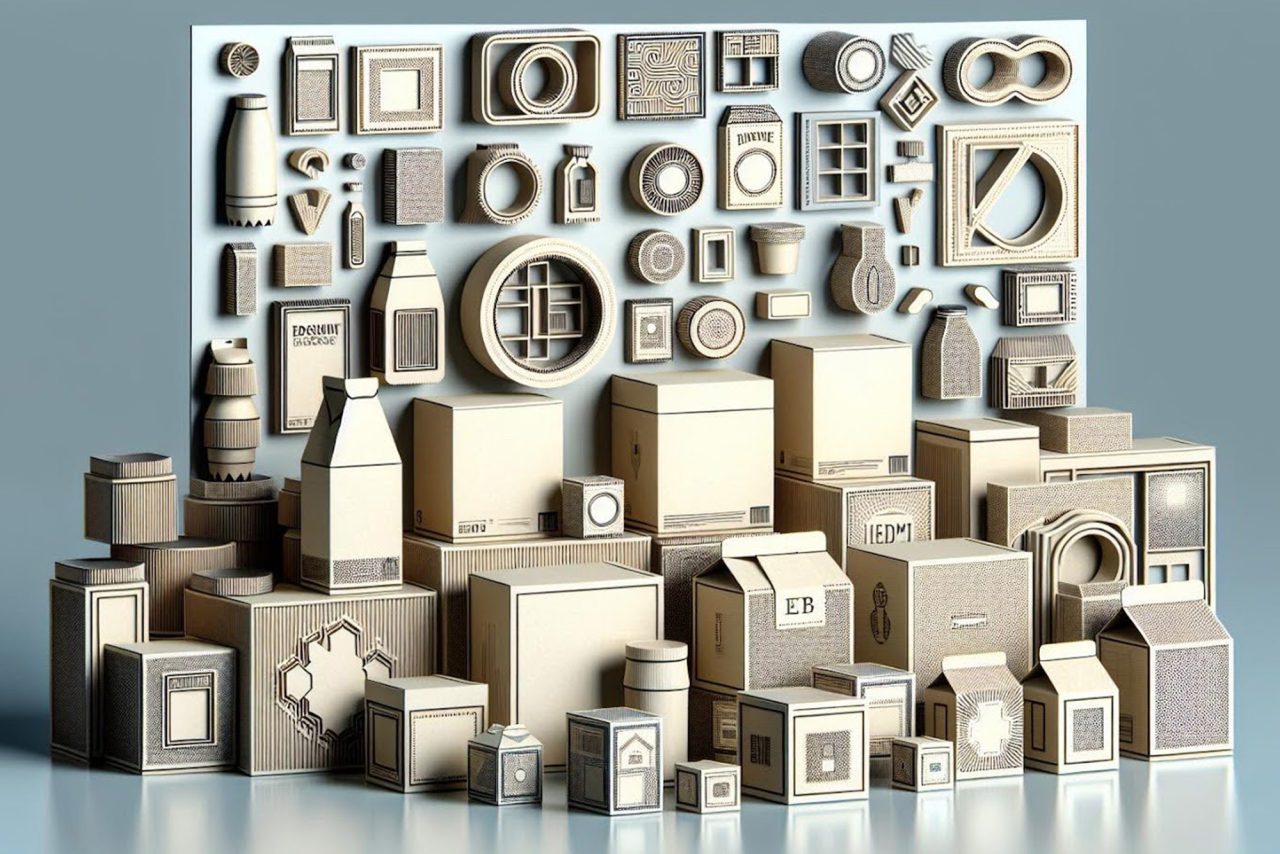
The Role of Brand Packaging in Identity Formation
Brand packaging does more than just protect a product; it’s a silent salesman, a communicator, informing customers about product details and the brand’s image. Drawing from the principle that “a thing well packaged, is half sold,” it’s clear that brand packaging isn’t merely a functional necessity, but also a strategic business asset.
For instance, the use of sustainable packaging supplies by companies marketing natural and healthy products signifies an alignment with their customers’ values. It resonates with their commitment to natural products and sustainability. This not only meets customer expectations but also reinforces the brand’s core values, enhancing brand recognition in the process.
How Brand Packaging Differs from Common Packaging?
While common packaging focuses primarily on the protection and preservation of products, brand packaging moves several steps forward. It incorporates aesthetics and serves as a brand ambassador.
Maintaining consistent design elements, such as colours, symbols, and logos, it creates a familiar and instantaneous connection with the consumers, regardless of the product inside.
Take, for instance, the Smirnoff alcohol brand known for its artistic labels and innovative packaging. The peeling wrapper on the bottle, which reveals the fruit the alcohol is flavoured with, adds a touch of naturalness. Likewise, the packaging of Nike Air shoes in a bag of air emanates creativity that is both literal and unique. These brands, by integrating their essence into their packaging, differentiate themselves from what’s common and etch memorable impressions on consumers’ minds.
The distinction between common and brand packaging lies not merely in function but also in feeling. The integration of identity into packaging is what fundamentally sets brand packaging apart.
The Importance of Unique and Attractive Packaging
As we discuss the dynamics of brand packaging in eCommerce, it’s crucial to highlight the significance of unique and attractive packaging. Not only does this make a brand distinctive, but it also captures the essence of a brand’s identity – extending the brand experience to an often-overlooked aspect of the customer journey.
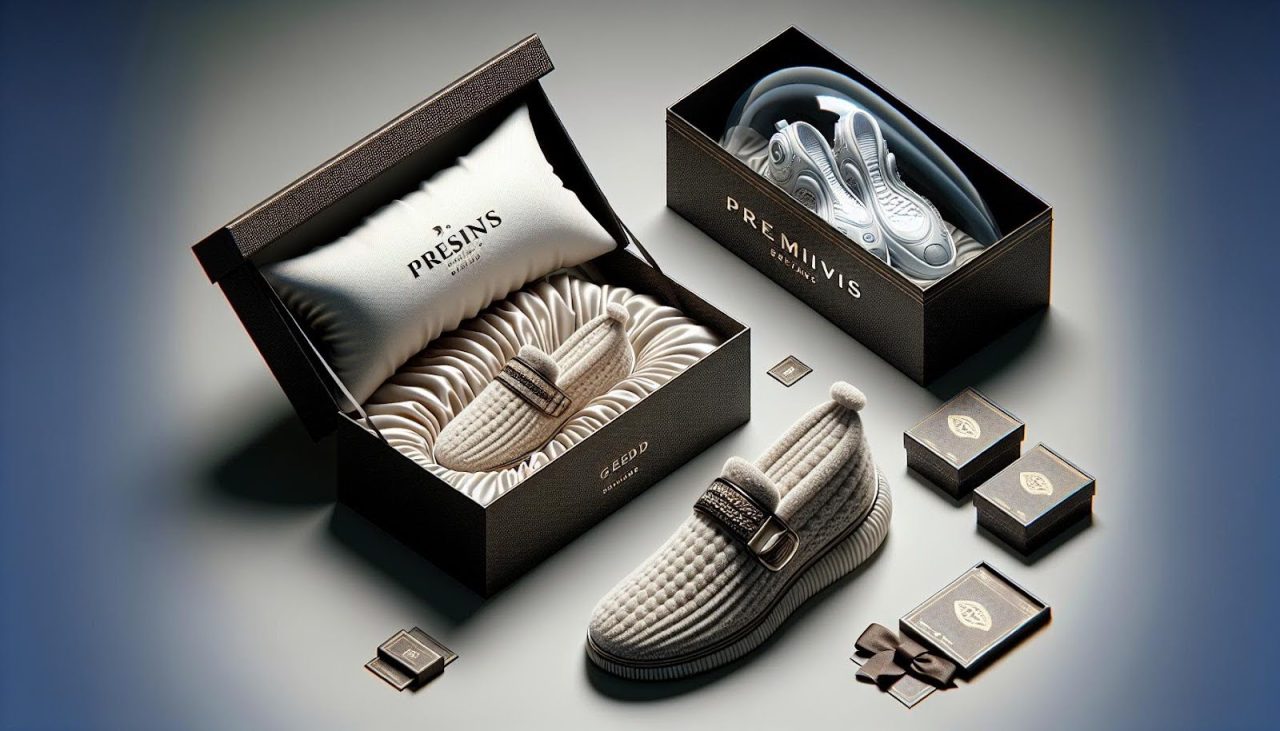
Making Your Brand Stand Out with Packaging
In the bustling marketplace, standing out becomes a necessity. Packaging plays a pivotal role, often serving as the first point of physical interaction between a brand and its potential customers. Captivating packaging lures customers, but it also does more than just that. It conveys a silent message about the brand; its gravitas, quality, and philosophy. For instance, Nike Air shoes are packaged, not in mundane boxes, but in a bag of air — unique and creative packaging that is as literal as it can get, yet incredibly effective. The packaging enables the audience to grasp the product’s uniqueness even before they physically touch it.
How Packaging Helps Reinforce Brand Identity
Similarly, brand packaging reinforces brand identity, providing intuitive insights while enhancing brand recall. Consider a luxury product such as slippers, packaged firstly in an enticing dust ruffle, followed by placement inside a premium box. The act of ‘peeling back the layers’ of’ the package amplifies the luxurious experience, justifying the additional expense associated with the product.
This carefully curated experience isn’t incidental but intentionally designed to resonate with the brand’s identity of luxury and sophistication. This seamless integration of the brand’s identity into its packaging sets it apart, making it all pivot towards an immersive, memorable experience for the purchaser.
Thus, brand packaging goes beyond being a mere container and smoothly transitions into a canvas that depicts, in an engaging manner, the brand’s vision and personality.
The Art of Custom Packaging
In this age of eCommerce and digital marketing, brands strive to establish a lasting impression on their customers. One way they achieve this is through inventive, spirited, and intriguing custom packaging.
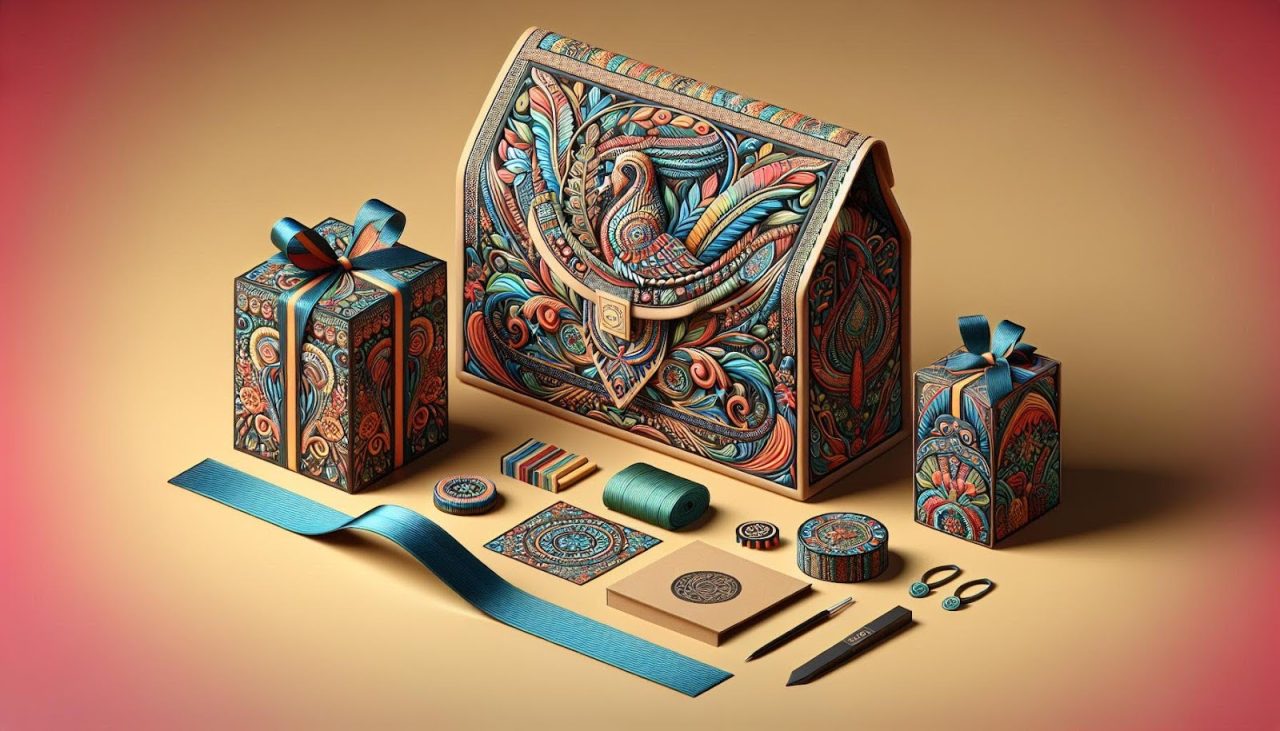
The Rise of Custom Packaging in the Retail Industry
Without a doubt, custom packaging has seen a meteoric rise in the retail industry. Businesses, cognisant of its potential, are investing heavily in creating unique and captivating packaging designs. This is done not just for product protection but to also narrate a brand’s tale in a visually compelling way.
Initial years saw brands leveraging custom packaging merely for their logos with the brand’s typical colours. Progression, however, saw the integration of various accessories for deeper engagement. Tissue paper, vibrant postcards, printed art, business cards, appealing stickers, branded ribbons, emblematic stamps, and handwritten thank-you notes became commonplace. Custom packaging began to mirror the brand’s mission, values, and character, crafting a visually attractive story for customers.
A prime example of this can be seen in the case of branded mailer bags, which instantly inform the recipient of the sender. This small alteration elevates anticipation and significantly improves the unboxing experience.
Further, brands began to explore patterns to enhance previously straightforward packaging. Beautiful floral patterns on a box’s interior or intriguing stripes on the background can capture a customer’s attention and make the product within feel more luxurious.
Another essential aspect is considering the consumer’s interaction with the product. For luxury items, for example, merely opening a box to reveal a thank-you note or an intricately designed ruffle dust creates an air of exclusivity, enhancing the product’s appeal.
Pros and Cons of Custom Packaging
Custom packaging, while offering numerous advantages, also presents a few disadvantages. On the positive side, it dramatically enhances brand image, customer retention, and unboxing experience. It opens doors to unique branding, ensuring the brand’s messaging becomes an integral part of its product.
Businesses, through their custom packaging, convey professionalism, showcase their dedication to customer experience, and underline their individuality in a cramped market.
Additionally, fragments of the custom packaging, especially those with the brand’s logo (such as stickers or business cards) can act as secondary advertisements when displayed by customers in their vicinity, reinforcing brand recall.
The downsides, comparatively fewer, emphasise cost and sustainability. Custom packaging, especially intricate examples, often require more resources, inflating their cost compared to standard packaging. This increase, while justifiable for luxury or high-end brands, may result in thinner profit margins for smaller brands.
Packaging Design Tips for Brands
How to Use Patterns in Packaging Design?
Incorporate distinct patterns to elevate simple packaging. Patterns can range from geometric to floral, abstract to figurative. The choice of pattern should resonate with the product type and appeal to the consumer demographic. For instance, a children’s product might use playful, colourful patterns.
The Benefits of Simplicity in Packaging Design
While intricate designs entice, simplicity is elegant. Simplicity in design allows transparency and often instils customer confidence. For instance, consider the packaging that enables customers to view the contents pre-purchase, fostering the feeling of brand transparency and pride in the product offering.
The Process of Making Packaging Designs Complement the Product
Each design element ought to amplify the product within. Luxury slippers come encased within a plush dust ruffle, enhancing the experience and justifying the price point. This layering adds luxury, aiding customers in appreciating the value of the extra investment.
Using Textures in Packaging Design for an Engaging Experience
Texture offers an intriguing, tactile dimension to packaging, often increasing customer engagement. It’s about the feel as much as it is about the look. A vodka gel packaged in a tube mimicking industrial caulking strikes a memorable chord with users.
Telling Your Brand Story Through Packaging Design
Innovative design permits brand narrative weaving. An interesting example is Trident, using the shape of its product to create teeth for added fun. The brand story doesn’t necessarily have to be straightforward – there’s room for playful interpretation and imaginative expression.
Insights on Using Restricted Colours in Packaging Designs
Creative flair isn’t synonymous with an extensive colour palette. Minimalist colour offers its charm, subtly conveying the brand’s essence. A strategic play on colours can maximise visual appeal and resonate with the product ethos.
Online Marketing Strategy and Brand Packaging
Role of Packaging in Online Marketing
An effective brand packaging strategy is a pivotal marketing tool. It’s not just about keeping products secure; it’s an extension of the brand’s identity and a critical component of its online marketing strategy. Consider the compact and transport-friendly solution of flash drives connected by cardboard, fashioned to fit into a wallet like a credit card. In this scenario, convenience reigns supreme, drawing a parallel with the simplicity of tearing off a pull-tab flyer.
Moreover, with strategic packaging design, brands convey key messages to customers without even speaking. Trident’s product packaging takes an innovative approach here. Instead of presenting their product conventionally, they mould the shape to resemble teeth, interacting humorously with consumers by adding amusing moustaches and facial hair to the relevant design.
Packaging also becomes a brand’s silent ambassador on social media platforms. A strong presence on these platforms allows products and their packaging to be displayed to a global audience, reaching beyond geographical constraints. Products with attractive and efficient packaging designs are likely to be shared more frequently across these networks, augmenting a brand’s visibility and marketing efforts online.
Creating a Special Customer Experience Through Packaging
Custom packaging gifted with thoughtful design transcends the realm of functional necessity and becomes a part of the brand’s story, enveloping the consumers’ senses and creating visceral connections that secure brand loyalty.
A prime example of this is the use of every inch of package space with aesthetics, like a box graced with floral patterns on the interior. It doesn’t just seem like an upscale box but also elevates the product within, shifting the user’s perception to perceive it as an upscale product.
In the end, a fine balance of imagination, aesthetics, and function in packaging design paves the way for a unique customer experience, culminating in a significant enhancement in brand loyalty and customer retention.
Case Studies: Brands that Excelled in Packaging
After examining the importance of brand packaging, it’s time to dive into some real-world examples. These case studies highlight how remarkable brands excel in packaging design, both as a point of differentiation and as a powerful marketing strategy.
Brand Packaging that Makes a Difference
Brand packaging can transcend from being just a protective container to an invaluable marketing asset. Let’s index, for instance, two brands – Blueland and Mejuri, who’ve revolutionised their packaging to create an environment-conscious and user-friendly experience.
Blueland, an eco-friendly cleaning supplies label, capitalises on bright, minimal packaging to accentuate its colourful tablets. Its slogan, “Refilling, not recycling”, shines on the blue cover, unequivocally reflecting its mission. The clear and vibrant packaging protects the product, stands out on the shelf, and leaves a solid first impression on consumers` minds.
Jewellery brand, Mejuri, embarks on simplicity and sustainability for its packaging. Eschewing the use of plastic, the brand only employs cloth and cardboard but also includes a handwritten note for a personal touch. The minimal, environment-friendly packaging along with the thoughtful note establishes a positive and lasting brand connection with the consumers.
Brands Using Packaging as a Marketing Strategy
Indeed, inventive, relevant packaging can double up as a potent marketing strategy. For example, consider 3M’s Solar Earplugs which have astutely leveraged packaging to enhance brand recall and engagement.
In an audacious move, 3M packaged its Solar Earplugs in a tube that closely resembles caulking. This creates a unique and unforgettable unboxing experience, combining practicality with an element of surprise. The unusual packaging compels the consumer to engage with the product instantly, turning a mundane process into a memorable experience.
As these case studies illustrate, brand packaging is far more than a functional requirement—it’s a powerful tool in brand-building, marketing, and creating memorable experiences that resonate with consumers.
Taking Your Packaging to the Next Level
Distinguishing your brand through innovative packaging strategies can elevate your position in the market and entrench you in customer consciousness. Let’s explore valuable pointers to enhance your packaging game.
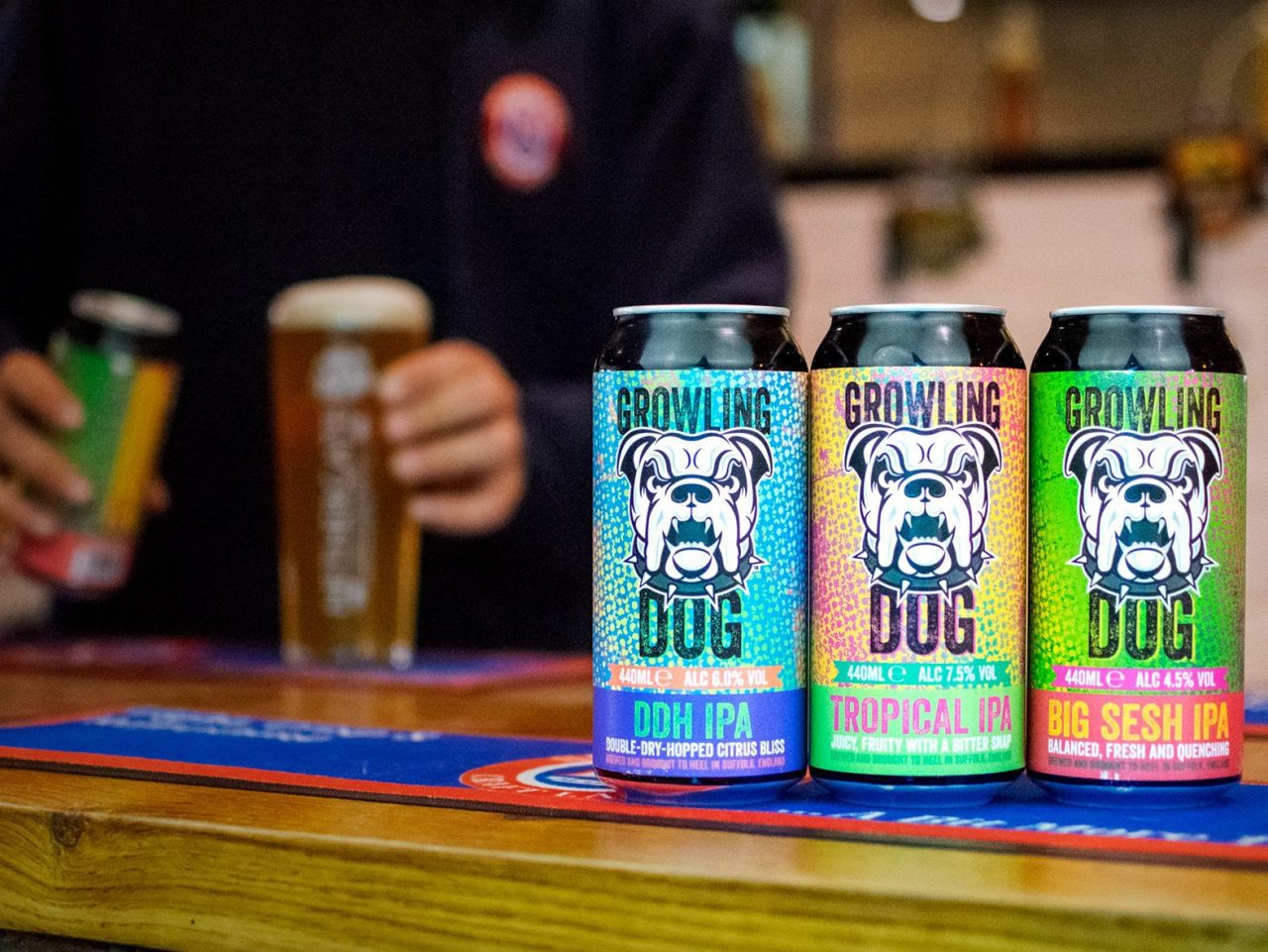
Ideas for Innovative and Creative Packaging
Consider using patterns as an element of aesthetic charm in packaging. Bespokeness lies at the heart of appealing packaging for luxury products. Luxury slippers, for instance, nestle within a dust ruffle delicately lodged inside a box. Unveiling the product becomes an indulging ritual, playing on the fundamentals of packaging psychology to enhance the purchase experience.
Creating Eco-Friendly and Sustainable Packaging
In an era increasingly conscious about environmental conservation, brands with a sustainable outlook find favour with consumers. Eco-friendly packaging becomes a double winner, resonating with customers while aligning with sustainable practices.
Flora and Curl present a heartening case of eco-responsibility in packaging. Striving to reflect their vibrant brand and eco-friendly ethos, their minimalistic brand packaging solutions are entirely biodegradable, recyclable, or reusable.
Remember, opting for sustainable packaging doesn’t mean compromising on luxury or appeal. Brands can strike a balance, creating a packaging experience intriguing and eco-conscious in equal measure.
Incorporating clever designs, customer psychology, and an eco-friendly approach can usher new dimensions to your packaging strategies. Remember, your packaging is your silent brand ambassador—it’s time it spoke for itself.
The Future of Brand Packaging
In this rapidly changing consumer landscape, it’s only right that we gaze into the crystal ball of brand packaging. What’s ahead for the industry? How will brands push the envelope, continue to surprise, engage, attract, and maintain a stronghold on consumers’ minds?
Trends Shaping the Future of Brand Packaging
As the echoes of sustainability get louder, packaging trends are treading a green path. Brands are increasingly opting for bio-degradable, compostable materials, shunning harmful resources. Solar Earplugs and Flora and Curl, for instance, have already set the tone with their eco-friendly choices.
Another dominant trend being observed is the ‘less is more’ thought process. Packaging gets a minimalist makeover as brands aim to convey maximum information with minimal fuss. The Trident’s teeth-shaped packaging and Nike Air’s creative shoe packaging are prime examples, demonstrating how simplicity can communicate brand values effectively.
Personalisation has written success stories for numerous brands, and it continues to remain pivotal. Brands like Blueland, Mejuri and many more have been grabbing eyeballs through customised packaging that adds a personal touch, deepening the engagement with consumers.
Notably, social media-driven packaging is making waves in the packaging industry. As brands seek to create share-worthy unboxing experiences, packaging is getting a social media-friendly facelift.
Harnessing Technology for Innovative Packaging
Technology and innovation are the lifeline of brand packaging’s future. Augmented Reality (AR) is turning heads with its ability to transform packaging into an interactive platform. Brands can use AR-enabled packaging to provide product demonstrations, additional product information, and even fun, interactive games.
Another significant technological advancement is the use of smart packaging. Here, functionality goes beyond containing the product – it can track, monitor, authenticate and even improve product shelf life. It’s becoming incredibly important, especially in the food and pharmaceutical industry.
3D printing is also revolutionising the future of packaging with its ability to create complex designs, test prototypes, and customise packaging. It enables rapid prototyping, helping brands to save costs and reduce time to market.
Internet of Things (IoT) enabled packaging, while still in its nascent stages, holds tremendous promise. It can enable communication between the brand and consumers post-purchase, opening doors for targeted marketing and improved customer service.
Indeed, the future of brand packaging is leaning into a sustainable, technology-driven era. One in which the packaging does much more than just protect the product and goes the extra mile to engage, inform and impress customers with a memorable unboxing experience.
Conclusion
So there we have it. Brand packaging isn’t just about safeguarding products anymore. It’s become a pivotal part of the customer experience, shaping perceptions and strengthening brand identity. Brands like Blueland and Mejuri have shown how effective packaging can enhance customer loyalty.
Looking ahead, sustainability, minimalism, personalisation, and social media influence will continue to shape packaging trends. Technology too will play a bigger role, with things like Augmented Reality, smart packaging, 3D printing, and IoT creating more interactive experiences.
The future of brand packaging is certainly exciting, and we can’t wait to see how it evolves.
Frequently Asked Questions
Peel & reveal labels can often be referred to with different names. It is useful to know and understand the terminology that the label industry uses to avoid any confusion and ensure you are getting the right product or label solution for the outcome you are trying to achieve.
- Brand packaging plays a crucial role in determining customer perception and establishing brand identity. Not only does it safeguard the product during transportation, but it’s a significant element of the brand’s online marketing strategy. Effective brand packaging can create memorable customer experiences and boost brand loyalty.

